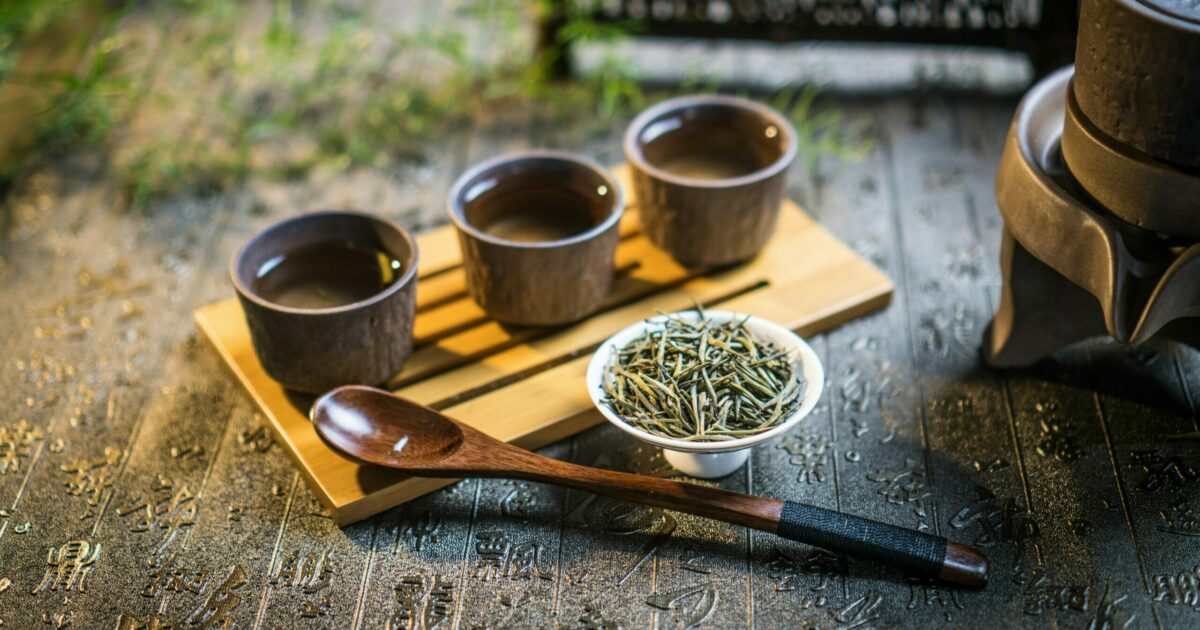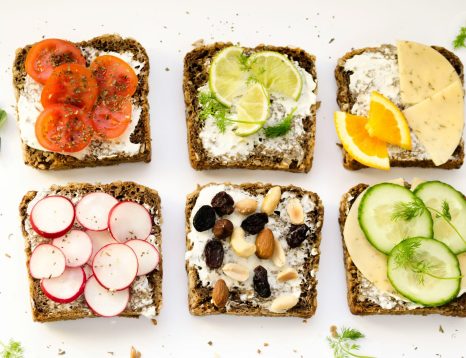
The method of its preparation, through the drying of its leaves collected from the Camellia Siniki plant, was first applied in the 6th century in China. At the same time, green tea reached Japan and in the 16th century it became popular in Europe as well.
Nutritional value per 1 cup 245 gr
Calories: 2.5 cal
Protein: 0.5 g
Sodium: 2.5 mg
Riboflavin: 0.1 mg
Magnesium: 2.5 mg
Manganese: 05 mg
Potassium: 19.6 mg
Caffeine: 29.4 mg
Flavon-3-ols
Epicatechin: 20.4 mg
Epicatechin gallate: 44.0 mg
Epigallocatechin: 71.5 mg
Epigallocatechin gallate: 172.0 mg
Catechin: 11.0 mg
Thioflavin: 0.1 mg
Thiorubicin: 2.6 mg
Flavonols
Quercetin: 6.6 mg
Kaempferol: 3.5 mg
Myricetin: 2.7 mg
Flavones
Apigenin: 0.4 mg
Luteolin: 0.5 mg
Benefits for the organization
- It has an anti-cancer effect
- It keeps the mind strong
- It protects the heart
- fights tooth decay
- It works against diabetes
- Moisturizes the body
- It relaxes us
- It takes the pressure off
Sources: POWERFOODS
https://el.wikipedia.org/wiki/%CE%A0%CF%81%CE%AC%CF%83%CE%B9%CE%BD%CE%BF_%CF%84%CF%83%CE%AC%CE%B9










